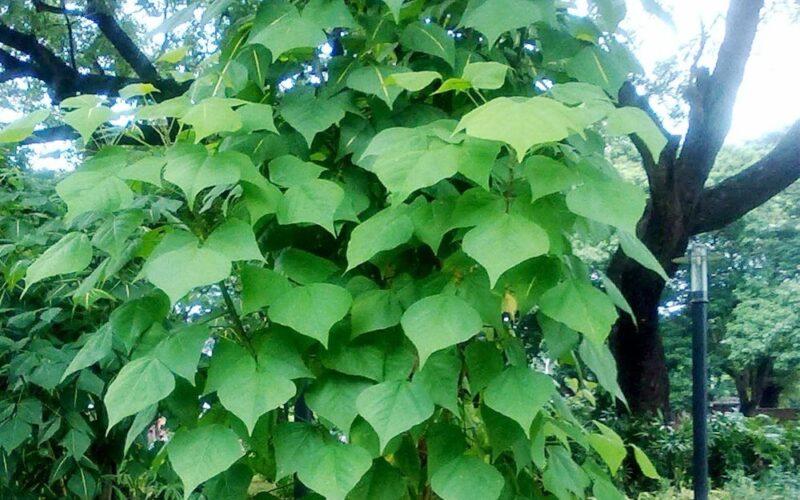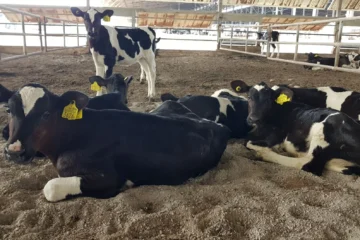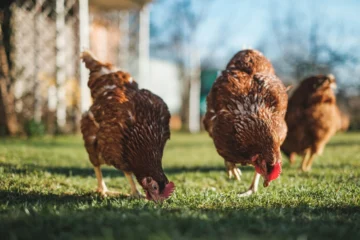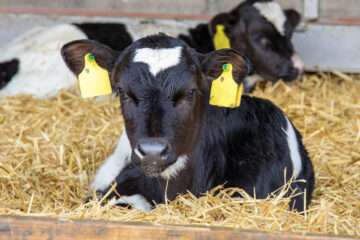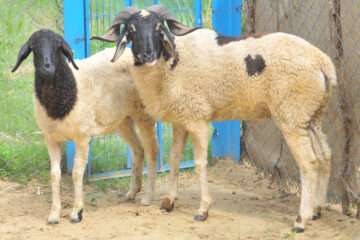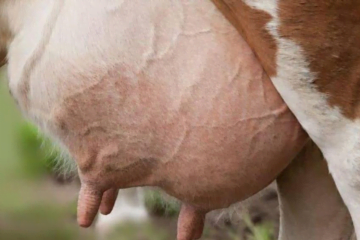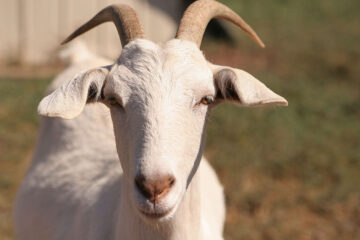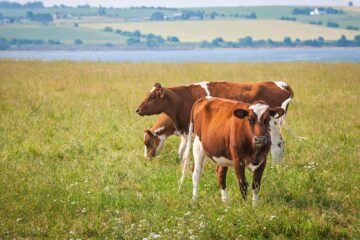Published in the August 2017 Issue
Livestock is an essential part of agriculture. However, they often do not receive adequate nutrients. Integrated farming is an excellent solution to address this nutritional deficit, with tree fodder crops playing a crucial role.
When space constraints prevent sufficient fodder crop production, tree fodder crops significantly alleviate the nutritional deficit for livestock. Tree fodder crops such as Agathi, Subabul, and Gliricidia belong to the legume family. These trees fix atmospheric nitrogen and enrich the soil through their root nodules. The leaves of these trees can be harvested nine months after planting, providing an alternative to mixed fodder.
Nine to twelve kilograms of legume tree leaves are equivalent to 2.5-3.0 kilograms of mixed fodder. Understanding the nutrient content of tree leaves helps in reducing the amount of mixed fodder needed.
Types of Tree Fodder and Protein Content:
- Subabul (Leucaena leucocephala): 21% protein
- Agathi (Sesbania grandiflora): 22% protein
- Kalyana Murungai (Moringa oleifera): 26% protein
- Gliricidia (Gliricidia sepium): 22% protein
- Karuvellam (Prosopis juliflora): 12% protein
- Velvel (Acacia nilotica): 14% protein
- Kudavel (Albizia lebbeck): 9.6% protein
Generally, tree fodder leaves like Subabul and Agathi contain 20-25% protein. These leaves are more nutrient-dense compared to other green fodder. Due to their high protein content, these leaves can be mixed with high-fiber agricultural residues such as paddy straw, maize stalks, groundnut vines, ragi straw, black gram, and green gram plants for feeding livestock. This practice not only addresses the nutritional deficit but also enhances the feed intake capacity of the livestock.
Goats particularly benefit from tree fodder. Sheep, especially, prefer various types of fodder crops. Therefore, including tree fodder in their diet is essential. At least 20% of their fodder mix should consist of tree leaves, which significantly improves their growth and productivity. Additionally, incorporating 20% tree leaves in the feed mix can increase the growth rate of young animals by up to 60%.
Due to the high protein content, livestock may hesitate to consume tree leaves. To mitigate this, the leaves should be wilted for 12 hours before feeding. Spraying a 2% salt solution on the leaves can also help. Spraying a 2% jaggery solution on the leaves for one or two days can further enhance their palatability.
Furthermore, cutting tree leaves into small pieces and mixing them with other preferred fodder crops can improve feed intake. These methods effectively increase livestock’s consumption of tree leaves.
Therefore, growing fodder trees like Agathi and Subabul alongside agricultural or other tree crops can help alleviate nutritional deficits in livestock, ultimately increasing profitability.
Dr. M. Sugandhi, Dr. P. Suresh Subramanian, Dr. H. Gopi, Postgraduate Research Center in Veterinary Science, Kattupakkam, Kanchipuram – 603 203.

